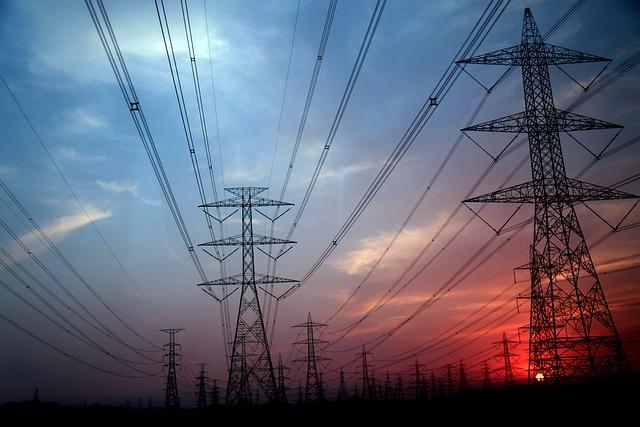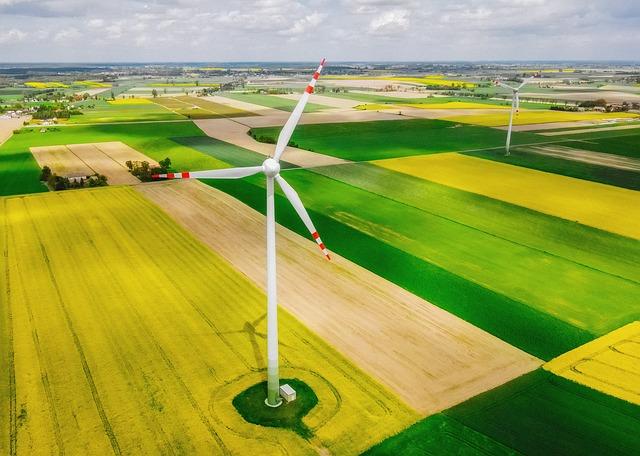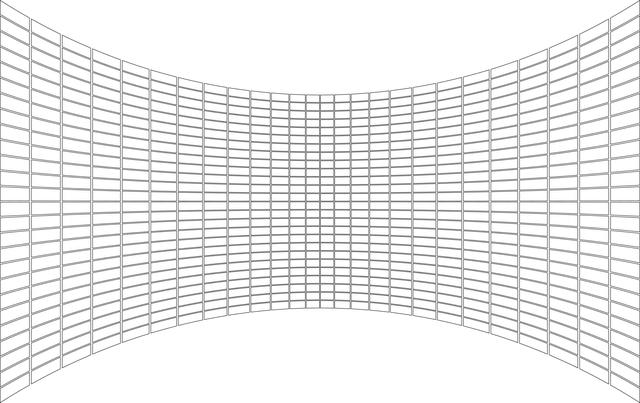- Introduction to AI-Optimized Grids
- AI in Electricity Grids
- Benefits of AI Optimization for Energy Distribution
- Challenges in Implementing AI for Grid Management
- The Future of AI-Optimized Grids
- Conclusion
- FAQs
- References
Introduction to AI-Optimized Grids
The energy industry is undergoing a tremendous shift, driven by emerging technologies like artificial intelligence (AI). AI-optimized grids are reshaping the landscape by enabling smarter, more efficient management of electricity distribution. In this article, we will discuss how AI plays a pivotal role in supporting electricity grids, the benefits it brings, and some challenges associated with its implementation. Finally, we’ll conclude with an overview of the future direction for AI-optimized grids.
In the following sections, we will cover topics like the direct applications of AI on electrical grids, the benefits these technologies can offer in terms of efficiency and cost savings, and the growing pains of integrating AI into legacy infrastructure. We’ll also explore exciting developments that hint at a cleaner, smarter energy future.
AI in Electricity Grids

(Image: Pixabay/@AshrafChemban)
Artificial intelligence is revolutionizing how electricity grids operate. Traditionally, grids have relied on manual intervention and rule-based systems to optimize power flow, maximize efficiency, and detect failures. However, as technology develops, AI allows grids to make real-time decisions autonomously and learn from past performance to improve future outcomes.
One of the key components of grid management where AI is making a significant impact is in load forecasting. By analyzing historical data, weather patterns, and usage behaviors, AI-based algorithms predict peak times when the most energy will be drawn from the grid and adjust accordingly, reducing energy waste. This improves not only efficiency but also reliability, ensuring that blackouts or brownouts are avoided.
Moreover, AI helps enhance the way renewable energy sources like wind and solar power integrate into the grid. Because these energy sources can be intermittent, balancing between supply and demand becomes challenging. AI-fueled automation options, such as virtual power plants or dynamic energy allocation, ensure that green energy can seamlessly supplement traditional energy when needed.
Another area where AI contributes is in preventive maintenance. Modern electrical grids equipped with AI can identify weak points and predict system failures before they occur by analyzing sensor data in real-time. This minimizes downtime and facilitates smoother operations across the grid.
Benefits of AI Optimization for Energy Distribution

(Image: Pixabay/@jwvein)
The advantages of incorporating AI into energy grids are vast. Achieving energy efficiency is critical in today’s world, where energy resources must be carefully managed to combat environmental concerns and to meet increasing demand. Below are some ways AI is streamlining energy distribution and helping solve global energy challenges.
1. Improved Energy Efficiency: AI algorithms provide precise power delivery based on real-time needs, thus eliminating excess power generation. This enhances the overall efficiency of power stations while optimizing energy usage across industries and households alike.
2. Cost Savings: Automatically adjusting power allocations using AI has economic benefits for both governments and consumers. In cases of surplus energy generation, AI prevents money-wasting oversupply, which ultimately contributes to lower operational costs.
3. Sustainability: The world is leaning heavily toward renewable energy sources, but these resources can fluctuate due to weather-dependent factors. AI captures these variations and adjusts generation and storage mechanisms in real-time, allowing countries to rely more on clean energy solutions.
4. Supply and Demand Matching: AI takes an active role in predicting demand trends across time zones and regions, avoiding the need for last-minute reactions to shortages or oversupplies. Overall, AI increases the grid's capability to accurately meet variations in demand by predicting peak hours and problems well in advance.
Challenges in Implementing AI for Grid Management

(Image: Pixabay/@jplenio)
While the benefits of AI implementation in electric grids are clear, like any innovative technology, AI comes with its own set of challenges. It’s important to address these concerns to accelerate the adoption of AI-driven grids worldwide. Below are some primary difficulties that arise when implementing AI on such a large scale.
1. High Initial Costs: Deploying smart grids requires heavy investments in infrastructure upgrades. For developing countries that continue to rely on traditional grids, transitioning to smart grids may seem impossible due to budget limitations.
2. Data Privacy Issues: Smart grids collect massive quantities of data regarding consumption and consumer behavior. There is always concern about how this data is processed and kept safe, especially regarding user privacy and protection, creating potential regulatory headaches.
3. Compatibility Problems: Many existing grids are outdated and cannot seamlessly integrate with AI-based systems or require extensive customization. Legacy infrastructure may lack the necessary sensors and digitization required for AI to work efficiently.
4. Cybersecurity Risks: As grids become smarter and more interconnected, they also become vulnerable to sophisticated cyberattacks. Reinforcing cybersecurity measures becomes imperative to avoid widespread damage in case of hack attempts.
The Future of AI-Optimized Grids

(Image: Pixabay/@qimono)
The continued progression of AI-optimized grids holds great potential. As machine learning models continue to advance, systems will adapt even more effectively to changing conditions, fuel types, and demand profiles. One promising development is the use of AI in microgrids, smaller grid systems that serve localized areas like cities or communities. Microgrids can operate independently, generating, distributing, and storing their energy - making them incredibly useful in regions with unreliable power supplies.
AI-powered smart grids will also facilitate greater renewable energy adoption. With increased accuracy in predicting weather patterns, more types of energy sources including geothermal, tidal, and solar will contribute to overall grid efficiency with fewer interruptions in supply.
Another area ripe for innovation is AI-driven decision-making tools for consumers. Homeowners could receive recommendations on when to use specific appliances or restock energy storage devices based on AI predictions related to grid conditions, helping owners save money while playing a positive role in grid stability.
Governments and policymakers around the world are also becoming enthusiastic about AI-driven grids' potential to help meet ambitious clean energy goals. As AI scalability continues to grow, it may soon serve as a cornerstone in our fight against climate change.
Conclusion
In summary, AI-optimized grids represent an essential step toward a more reliable, efficient, and sustainable energy future. As electricity grids around the world struggle to simultaneously meet rising energy demands and reduce carbon emissions, implementing advanced AI systems offers a promising solution to bridge the gap. While some challenges, particularly around costs and complications, persist, the potential gains in efficiency and sustainability far outweigh these barriers. Looking forward, as AI technology matures and becomes more accessible, the future of energy management appears not only bright but increasingly intelligent.
FAQs
What is an AI-optimized grid?
An AI-optimized grid is an electricity grid that leverages artificial intelligence to manage power distribution, optimize energy loads, and improve overall efficiency. AI makes the grid "smarter," allowing it to allocate resources better, prevent failures automatically, and integrate renewable energy sources more smoothly.
How does AI help with renewable energy integration?
AI can predict variations in energy output from solar, wind, and other renewable sources by analyzing weather patterns and energy demand. Using this data, it enables a seamless transition when renewable resources face issues such as low sunlight or inconsistent wind patterns.
What are the main challenges in AI-optimized grid implementation?
The main challenges include high initial setup costs, compatibility with existing infrastructure, cybersecurity risks, and data-related privacy concerns. In addition, educating stakeholders about how to measure the long-term benefits versus the upfront costs is crucial for securing investment in AI-driven solutions.
Can AI grids prevent power outages?
Yes, AI can significantly reduce the number of power outages by predicting possible faults before they occur and improving demand forecasting to prevent grid overloads. Predictive maintenance and smart automation play key roles in preventing downtime and service disruptions.

